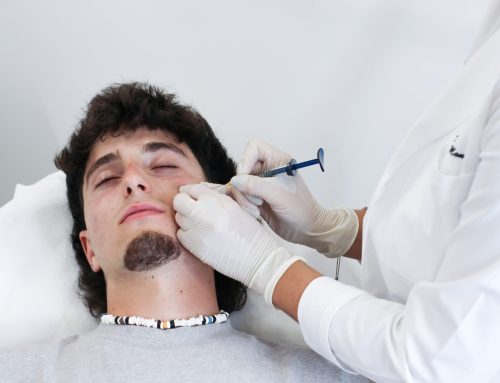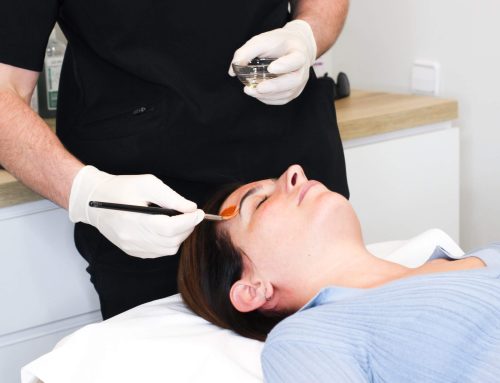Regenerative aesthetic medicine is an innovative branch of medicine that aims to use the body’s natural abilities to repair, regenerate and rejuvenate skin and other tissues, unlike traditional aesthetic medicine which has opted more for fillers. This emerging field offers advanced solutions to combat ageing and improve appearance without resorting to invasive procedures.
What is Regenerative Aesthetic Medicine?
Regenerative aesthetic medicine focuses on the use of biological treatments and minimally invasive techniques to repair and regenerate tissues. Some of the most commonly used and with the most scientific evidence:
- Stem Cell Therapy: uses stem cells, usually derived from fat, to regenerate tissues. It is used for facial rejuvenation, scars or volume enhancement in specific areas.
- Platelet Rich Plasma (PRP): Harnesses growth factors present in the patient’s blood to stimulate cell regeneration and collagen production. It has the ability, for example, to rejuvenate the skin, treat scars or treat hair loss.
- Collagen biostimulators: such as Poly-L-lactic Acid or Calcium Hydroxyapatite. They have the ability to stimulate the natural production of collagen in the skin. Collagen is an essential protein already present in our body that provides structure, firmness and elasticity to the skin.
Main differences between conventional and regenerative aesthetic medicine:
| Feature | Aesthetic Medicine with Fillers | Regenerative Aesthetic Medicine |
| Method | Injection of fillers | Injection of biological products |
| Results | Immediate | Gradual |
| Duration | Temporary (6-24 months) | Long-term (may be permanent) |
| Substances Used | Hyaluronic acid | Stem cells, PRP, Biostimulators |
| Objectives | Add volume, smooth wrinkles | Natural rejuvenation, improvement of skin quality |
| Risk of Adverse Reactions
|
Moderate (allergies, granulomas) | Low (biocompatible) |
| Cost | Moderate | Generally higher |
Conclusion
Both approaches to aesthetic medicine have their own advantages and limitations. The choice between fillers and regenerative treatments depends on the patient’s individual goals, budget and personal preferences. Consulting with an aesthetic medicine specialist can help determine the best option to achieve the desired results.



